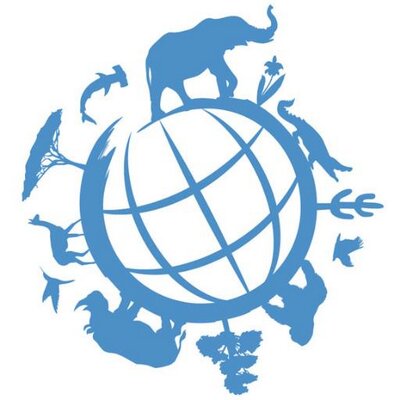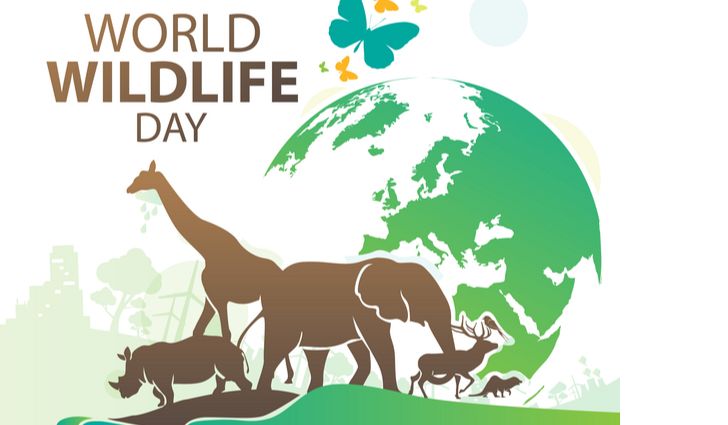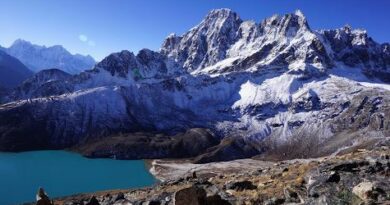World Wildlife Day, March 3, 2024 Theme
Introduction
March 3rd is designated as World Wildlife Day annually, celebrating the rich diversity of wild fauna and flora species while also raising awareness about the myriad benefits humanity gains from their preservation.
Wildlife plays a crucial role in global biological diversity, and World Wildlife Day serves as a platform to honor the unique contribution of wild plants and animals to our ecosystems. It also serves as a poignant reminder of the pressing need to intensify efforts to combat wildlife crime and human-driven biodiversity loss, which have profound cultural, social, and economic ramifications. Over the past 25 years, the world has witnessed a loss of forested areas equivalent to the size of South Africa.
During the 68th session of the United Nations General Assembly (UNGA), convened on December 20, 2013, a resolution was passed, agreeing to designate March 3rd as World Wildlife Day. This proposal, put forth by Thailand, was endorsed under the resolution UN 68/205, marking it as the International Day of Adoption of the Convention on International Trade in Endangered Species of Wild Fauna and Flora (CITES) on the Planet.
Theme of World Wildlife Day 2024
This year, the world will celebrate World Wildlife Day 2024 with the theme “Connecting People and Planet: Exploring Digital Innovation in Wildlife Conservation.”1
The theme “Connecting People and Planet: Exploring Digital Innovation in Wildlife Conservation” emphasizes the importance of bridging the gap between humanity and the natural environment. It seeks to inspire continuous learning and proactive efforts for the conservation of animals and plants, extending far beyond the confines of the designated day.

World Wildlife Day 2024 serves as a forum for fostering intergenerational dialogue and empowering youth through artistic expression, discussions, and presentations focused on the prospects of our collective sustainable future in digital wildlife conservation2. This event provides an opportunity to examine current digital innovations, address intersecting disparities, and envision the evolution of digital connectivity for the betterment of both people and the planet.
Advancements in technology have notably streamlined various facets of wildlife conservation, including research, communication, tracking, and DNA analysis, making them more efficient and precise. However, disparities in access to these innovations, along with environmental pollution and the unsustainable utilization of certain technologies, continue to pose significant challenges in achieving universal digital inclusion by the targeted year of 2030.
Current Challenges of Wildlife Conservation
According to ecologists at the University of Sydney, an estimated half a billion mammals, birds, and reptiles have perished since the onset of bushfires in September, with the actual figure likely exceeding this estimate. These wildfires represent Australia’s most severe in decades, ravaging millions of hectares of national parks and forests and posing a grave threat to wildlife and plant species nationwide. The escalating incidence of forest fires presents a significant challenge to wildlife and biodiversity, with approximately 6–14 million hectares of fire-sensitive forests worldwide succumbing to such blazes annually.
The illicit trafficking of animal parts, ranging from rhino horns and elephant ivory to pangolin scales, live parrots, lion’s teeth, shark fins, medicinal plants, and timber, presents an urgent worldwide environmental challenge that has escalated over recent decades. Wildlife trafficking represents a complex global menace that undermines biodiversity and ecological stability, perpetuating large-scale organized crime while marginalizing local communities for minimal gains.
The escalating conflict between humans and wildlife, exacerbated by expanding human populations encroaching upon wildlife habitats, has led to heightened conflicts between the two groups and resulted in a greater loss of animal lives compared to poaching, as research findings indicate. The surge in population growth has spurred agricultural expansion and infrastructure development in proximity to wildlife areas, contributing to the gradual depletion of natural habitats for these animals.




